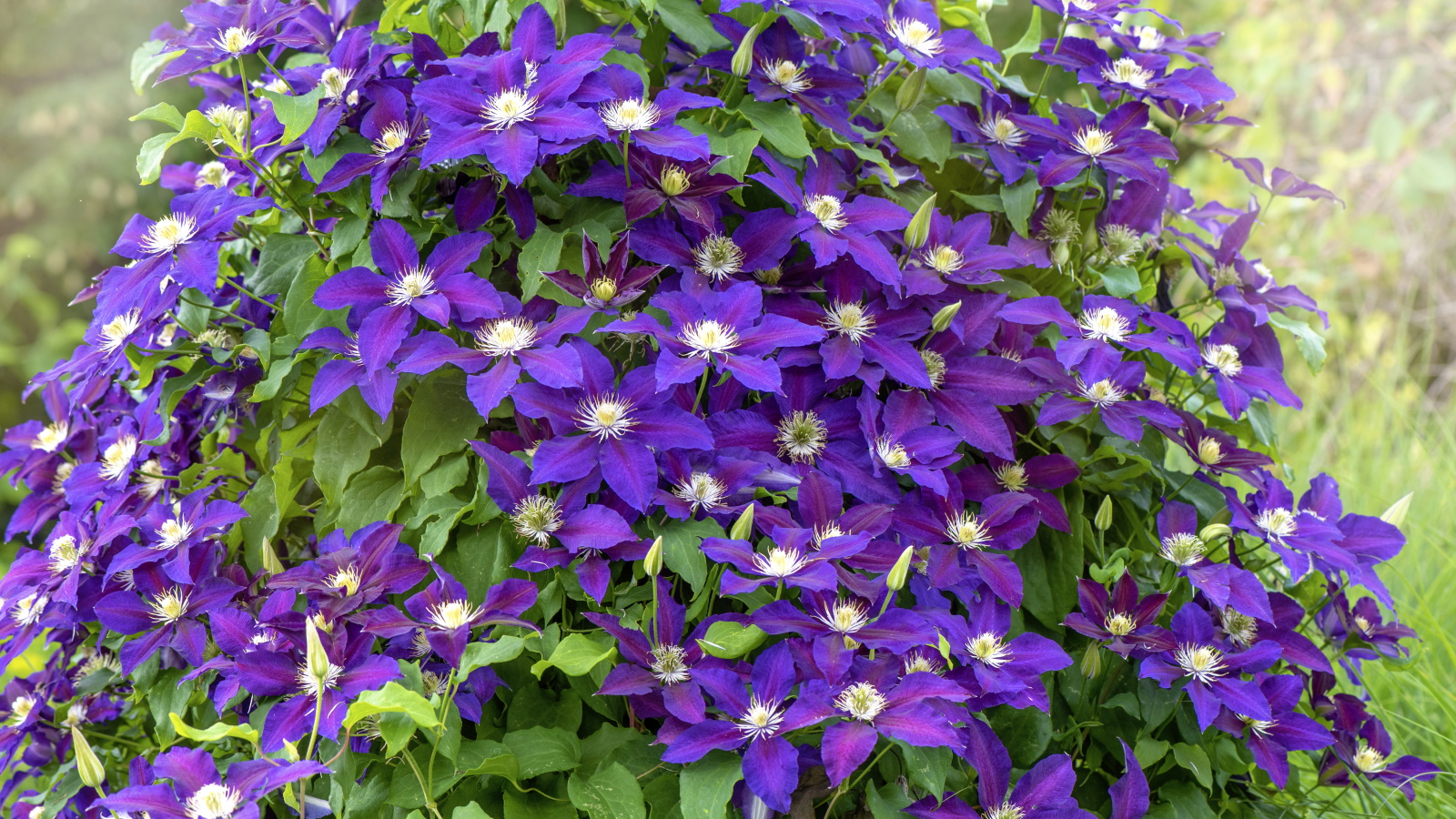Clematis are often considered some of the . Each year, clematis vines fill garden fences, trellises and structures with colorful blooms that come in different shapes and sizes. What's more, pollinators are drawn to the nectar-rich flowers, typically attracting bees, butterflies and hummingbirds in the summer months.
You may already know , but have you considered feeding your climbers, just as you would feed your prized flowering perennials? Applying a small amount of fertilizer for your clematis plants can help to improve the floral show and the overall health of your climbers. Here, clematis experts discuss how and when to fertilize clematis plants that are grown in borders and containers, while also sharing the products that are the most effective for gardeners to use. Clematis are versatile plants.

Whatever your needs, there will be a clematis to suit you. There are evergreen species, winter flowering varieties, and long-flowering spring and summer options that most of us are familiar with. Many of the species and varieties are hardy in to .
While each species will have different growing preferences, clematis plants tend to need sunshine to produce masses of colorful blooms. If you want to give your vines a boost this year, applying a small amount of fertilizer can help to improve plant health and flowering. Like many other plants in the Ranunculaceae genus, including hellebores and delphiniums, clematis are heavy feeders, especially the large-flowered hybrids.
Whether you.
















